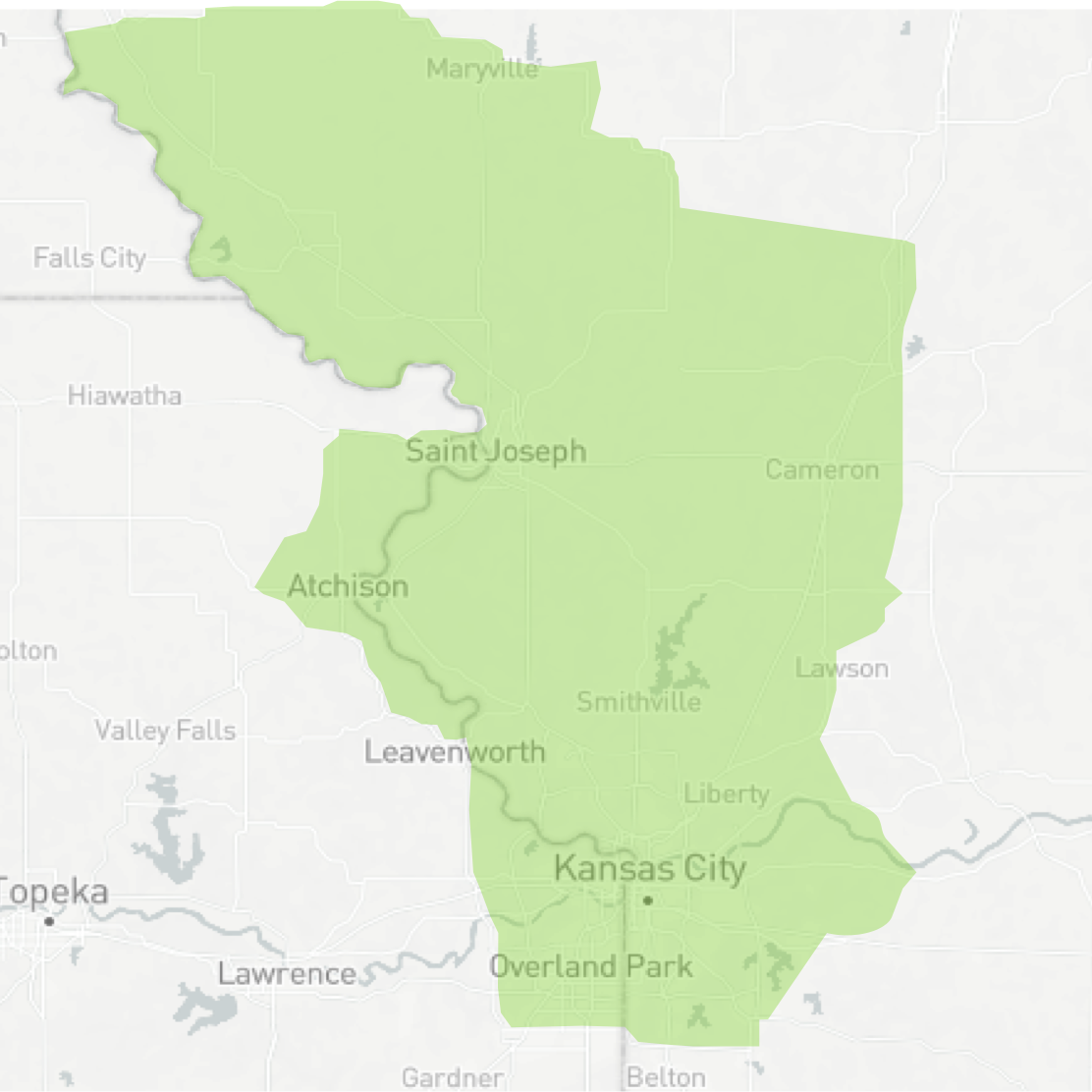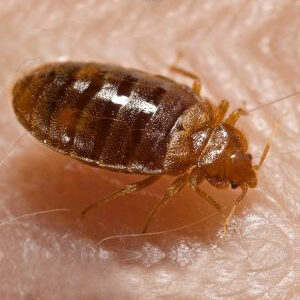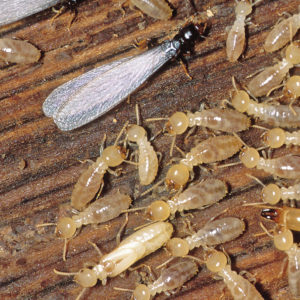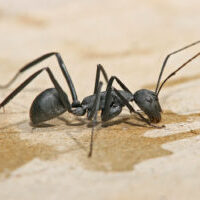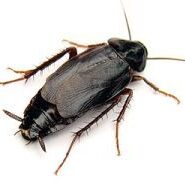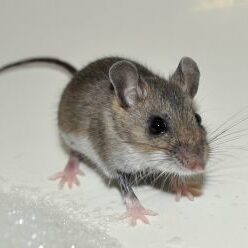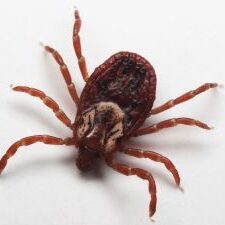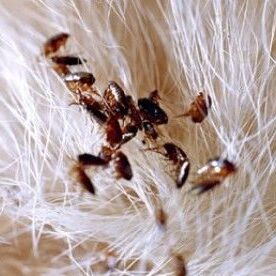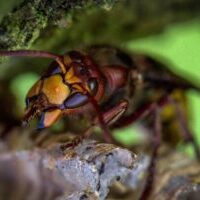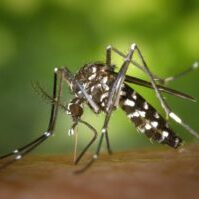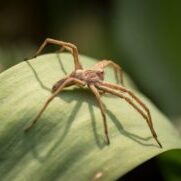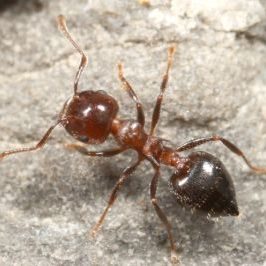
ACROBAT ANTS
The ant life cycle has four distinct and very different life stages: egg, larvae, pupae and adult. This is known as complete metamorphosis. It generally takes from several weeks to several months to complete the life cycle, depending upon the ant species and environmental factors. Eggs A female ant that successfully mates with a male ant will become a queen ant that lays eggs. Fertile queens select a sheltered place to begin a nest (colony) and begin laying eggs. Ant eggs are very small – only about a half of a millimeter in diameter. The eggs are also oval, white and transparent. Larvae After about 1-2 weeks in the egg stage, a grub-like, legless ant larvae hatches. This stage has a voracious appetite, and the adult ants spend much of their time feeding the larvae with food and liquids they digest and regurgitate. Pupae After the larvae molts and shed their skin, they change into the pupal stage. Pupae appear somewhat like adults except their legs and antennae are folded and pressed against the pupal body. Initially, ant pupae are usually white, but slowly become darker in color as they age. Depending upon the ant species, pupae may be housed in a protective cocoon. Adult Once the pupal stage is complete, the adult ant comes on the scene. At the time of emergence, the adult ant is fully grown, but darkens in color as it ages. Adult ants are one of three different colony castes; queens, workers or males. Queens are fertile females that lay all the eggs in a colony. Workers are females that do not reproduce, but do gather food; feed the larvae; and maintain and clean the nest. Workers are wingless, and it is the worker stage that is seen foraging around for food or defending the colony from intruders. The male ants are winged, but their only job is to mate with the queens during the swarming process.
The signature characteristic of Acrobat Ants is their heart-shaped abdomen. Workers in a colony are all one size, with colonies typically having only one queen. They have 12-segmented antennae and a 3-segmented club, and have two nodes in their pedicel (the skinny section between the forebody and the abdomen).
Coloration varies from light brown-reddish to dark brownish black. These ants feed primarily on honeydew produced by aphids. The acrobat ant most commonly encountered in homes in the United States is Crematogaster lineolata (Say).
Acrobat Ants nest in decaying tree stumps, fallen trees and limbs. They live in old carpenter ant galleries, termite galleries, in house voids, in walls and especially in voids around doors and window frames and in insulation.
EXPERTS IN PEST CONTROL SINCE 1970!
Enter your information or call
(816) 279-2000
By clicking “GET ESTIMATE” I authorize Preferred Pest Control to contact me at this number. I understand I am not required to make a purchase.
PREFERRED PEST CONTROL
At Preferred Pest Control & Home Inspections, we offer comprehensive indoor and outdoor pest extermination and treatment services to stop infestations at their source. Our qualified exterminators are equipped to inspect your home environment, identify the scope of the problem, and determine the best course of action to eliminate those unwanted pests.
And when you hire us, you’ll benefit from our:
-
Reasonable pest extermination rates.
-
Easy, convenient appointment scheduling.
-
Dedication to your safety and comfort.
If you think you might have a pest problem, don’t wait to get help. Call today for more information or to request an estimate.
As the leading pest extermination provider in NW Missouri and NE Kansas, we're equipped to handle any pest that may pop up and protect your property from future problems.
AREAS WE SERVICE
